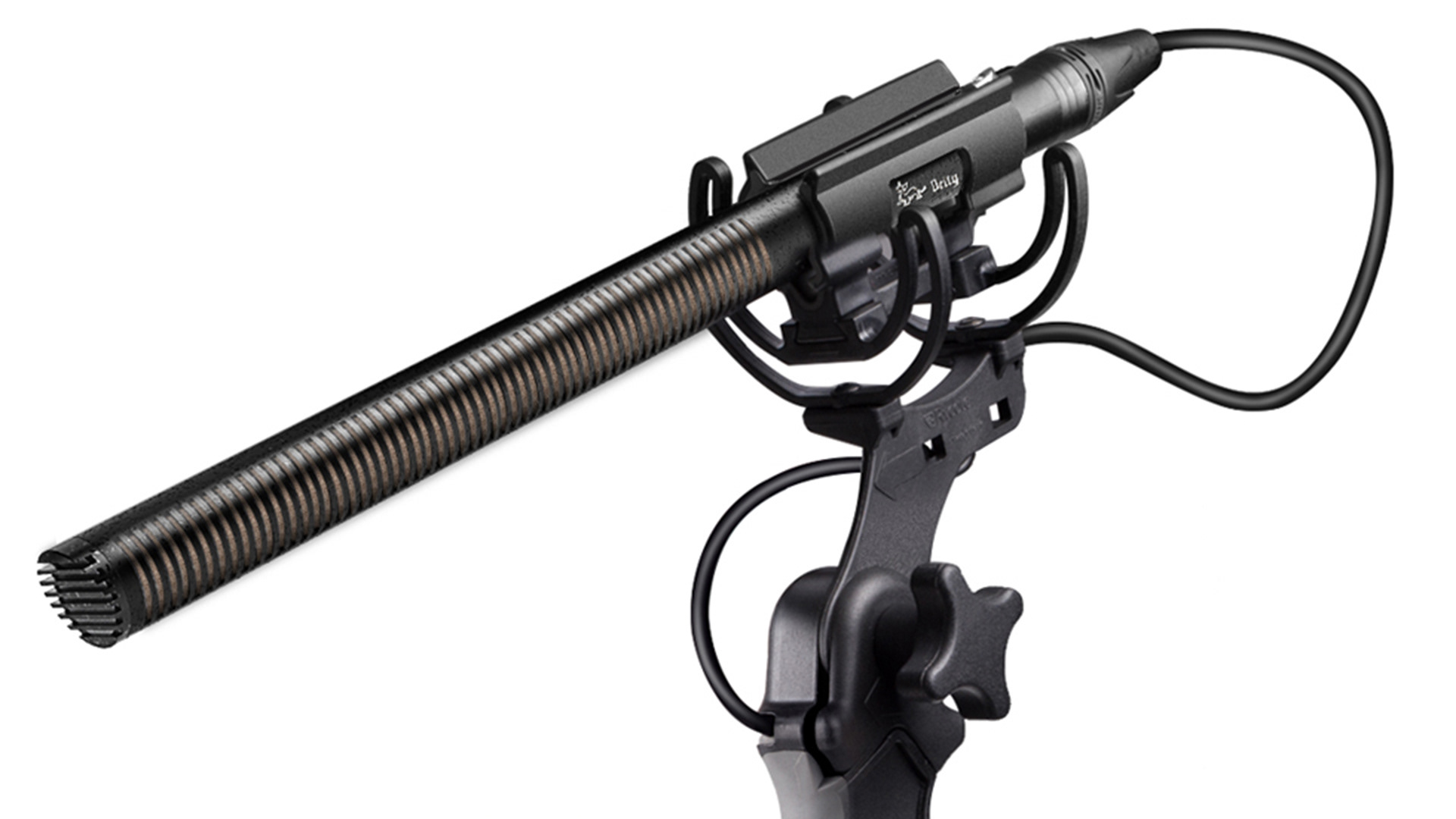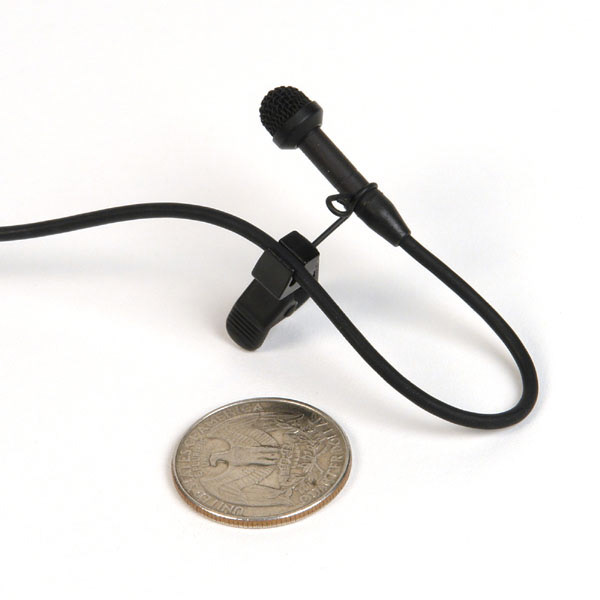Available Equipment
- Multitrack Field Mixer/Recorder
- Boom Mic Kits w/ Interior & Exterior Mics, Wind Protection, etc
- Wireless Lavalier/Talent Microphone Kits
- Timecode & Genlock Sync Boxes
- Timecode Smart Slates
- Wireless IFB headsets for Clients, Producers, Directors, Script Supervisors, or Reporters
- Wireless Camera Hops (Camera Links for Reference Mix)
- RF Distribution & Remote Antennas
- Wired Dynamic Microphone
- Active PA Speakers & Wireless Handheld Microphone ("Voice-of-God")
Additional gear is available upon request.
Professional Audio Equipment
A deep dive on sound equipment. What is all that stuff? A resource for producers and fellow mixers alike.
What type of content are we creating?
Narrative vs commercial vs documentary vs television all have different workflows that require different kinds of equipment. It's important to understand all of the places your project will be shown in order to have all the pieces you need going into post-production. Are we in a quick turnaround? Do we need to have a really strong mix fed directly into camera? Are we live on the air? Do we have time budgeted for a full-fledged post-sound workflow for a narrative? Will our sound bytes be going to lots of places like the feature film, the YouTube trailer, and the TikTok page with the marketing team?
All of these nuances are important for the sound mixer to understand clearly as they take on your project. Another valuable piece for the mixer to understand is the other staff on board and the crew dynamic. If there's a sound supervisor, the mixer will need to be in contact with them. If there isn't they will likely also need to talk to the editor or post-production supervisor to understand their ideas and needs for the workflow. We also need to talk to the camera department to understand which cameras they're working with and how they're building out their packages so we can best understand the cabling we'll need for them and if we can stick timecode sync boxes or hop receivers to their cameras.
Do I need a mixer? A Recorder? Both? What's the difference?
There are key differences between a mixer and a recorder. You'll often hear these terms used interchangeably however, they do fundamentally different things. "But I always see sound people say they have a 'multichannel mixer/recorder', how can these two different things be the same?" Great question! Most recorders have the ability to mix the channels they're recording and most mixers can record the channels they're recording but they're still different and separate functions.
Mixing channels means shuttling an audio signal from place to place. For example, if we have a singer on stage holding a microphone, what needs to happen to that audio? It needs to go to the front of house speakers for the audience, it needs to go back into the singer's monitor so they can hear themselves, and to a computer to stream the concert live on the air. A mixer takes in the signal from the singer, boosts it, sweetens it, processes it, and directs it to all of those places. The mixer, acts as the middleman and arbiter of the audio's journey and can do this individually for every microphone (input channel) and speaker (output channel).
Now, a recorder is just another destination for the mixer to send the audio. All production audio professionals, in their bag or on their cart, have our "mixer" that we mix and record with. We take in the audio signals from the booms and the lavs and distribute them to the recorders and the director or producers with their "Comteks" (monitors) so they can hear the audio. That is how we mix and record audio on location.
This is an important distinction to make when hiring an audio professional. Do you need someone to mix and record dialogue for a film on location or do you need sound reinforcement for a live event?

Bag-worn mixer/recorder. Solo operator.

Mixer/Console used in live audio. Typically doesn't record sound.

Closer look at a mixer/recorder for production sound.
How many microphones will I need?
For narrative productions, usually, you only need one boom, sometimes two. Sometimes, you have as many boom operators as there are cameras in a dialogue scene. This rule is less strict because if you're only using multiple cameras to shoot multiple angles of one subject then you'll only need one boom but if you're using them to shoot coverage of multiple people, then you'll need boom coverage of each actor on camera. This is especially necessary for big dialogue scenes with lots of people talking over each other. Queuing the boom between overlapping lines can be tricky because you might lose the tail of a line as you're moving to capture the next. Multiple booms can also be utilized on single-camera narratives. Usually, the boom operator will stay locked to the performer on screen as other performers usually get their own shots with their moment to shine. These takes are then stitched together in post to create that seamless dialogue scene. However, if great dialogue is needed with a tight shooting schedule, then the use of multiple booms is highly recommended.
For lavs on narratives, typically, you'll need as many lavs as there are speaking roles appearing on screen at once. Your cast list could be 30+ characters long but if you only ever have 3 people speaking on screen at once, then you'll only need 3 lavs. Lavs serve as great backup tracks for boom audio and catch anything the boom misses.
On projects like reality television, documentaries, or similar run-and-gun type genres, lavs will be a primary source of audio. Usually, all principal cast members will need one at all times. Reality shows usually have lots of wireless channels running at once to cover all the action. Sound is a powerful narrative tool in this type of content. Even if you don't get a shot of someone saying an impactful line, it's very common to use that sound byte over b-roll or other shot.
For corporate or commercial work, especially with sit-down interviews, it is imperative to have both a boom and a lav on each speaker as often as possible. This content is usually extremely costly or time-prohibitive to reproduce if something goes wrong. Redundancy is very important in these types of shoots.
Which types of microphones do I need?
The two main types of microphones we're talking about in production sound are "booms" or "lavs". The word "boom" is often understood to be any microphone that the sound person is using. However, there are many types of "boom mics". The other phrase you'll hear thrown around is a "shotgun" mic, this refers to a long cylindrical microphone typically mounted on a boom pole that is very commonly used to capture dialogue outdoors. These microphones have a long interference tube designed to reject sound coming from different directions. This helps isolate the speaker's voice from outside sounds like cars or footsteps or nearby chatter, all manner of things.
The other type of boom mic is a "short barrel" or a "pencil mic". These phrases refer to a short, condenser microphone with a super- or hyper-cardioid pickup pattern specifically designed to capture dialogue in indoor spaces where the off-axis rejection needs to be more neutral. "Wait, don't we not want other sounds being picked up by the mic? Why would we want a less isolated sound?" Another great question! It's not necessarily that a short mic like this is any more or less directional than their shotgun counterparts, it's that the off-axis sounds they pick up are more neutral. This is important when the sound of a room is necessary for the moment. Long interference tubes tend to introduce some color to the off-axis sound, almost muffling it. If you have someone talking in a small room, you will undoubtedly pick up slight echo off the walls or movement of furniture, any number of sounds that take place in a dialogue scene. These short mics will render all of those off-axis sounds as much quieter but they will sound the same as they would to your ear if you were sitting in the room. Recording that same scene with a long shotgun mic would make those sounds feel... weird because our ears don't muffle off-axis sound, we just hone in on the person we're speaking to. This is why it's vital for the sound mixer to understand the location they're shooting in.
As for lavalier mics or "lavs", these are very small omnidirectional mics generally meant to be hidden on the talent's body. By "omnidirectional", I mean these microphones are not directional, they pick up sound the same way no matter where they're facing. These are ideally positioned near the center of the talent's chest. If they're too close to the talent's throat, the dialogue will sound muffled and far too deep. These are great in almost any situation as they safeguard any time a mixer can't get the boom in correctly. They also serve as great backup tracks to the boom and as good primary tracks for shooting situations that a boom can't be well utilized in such as reality TV.

Long shotgun microphone. Best for outdoor dialogue recording.

Lavalier microphone. Also a "wire".

Short condenser. Best for interior dialogue recording.
*Images displayed on this page are not mine and are for demonstration purposes only.